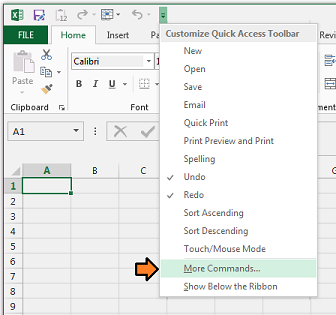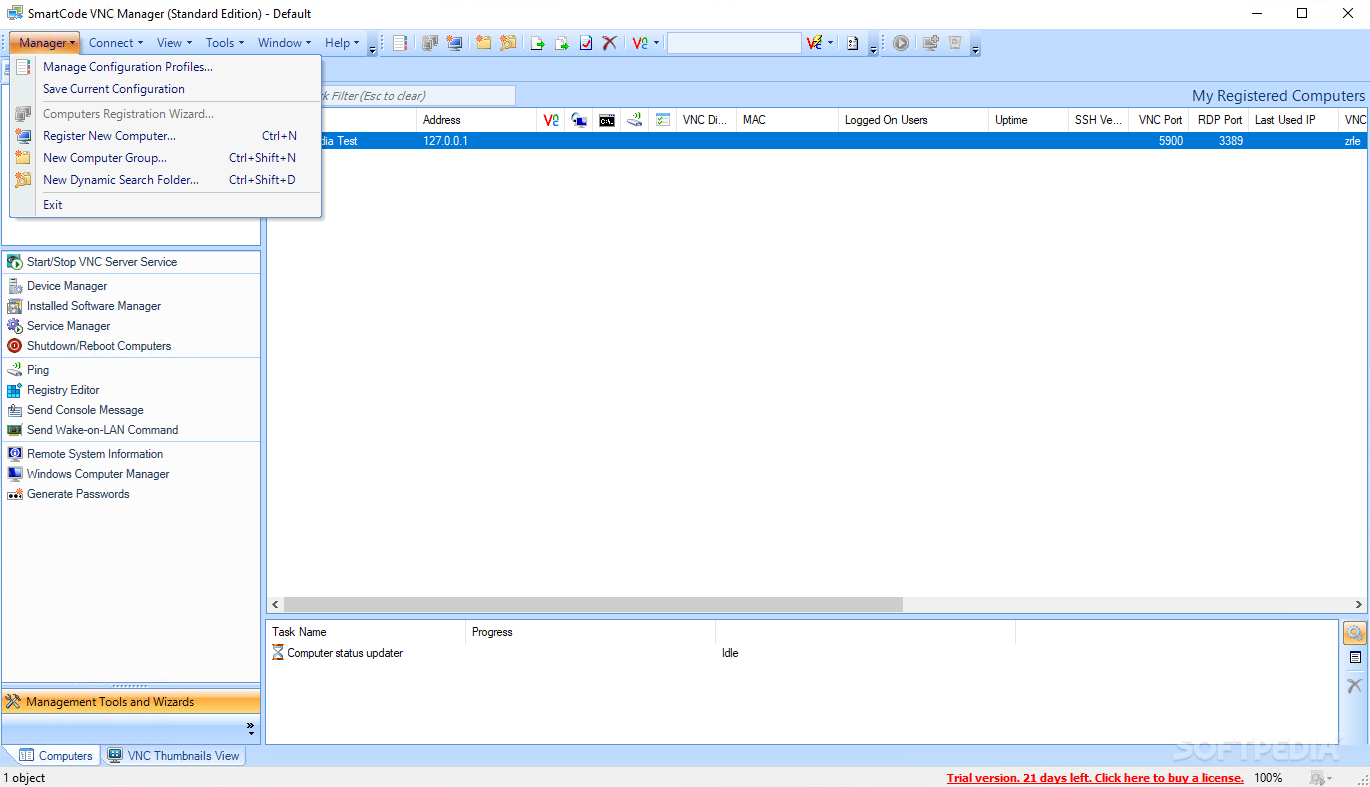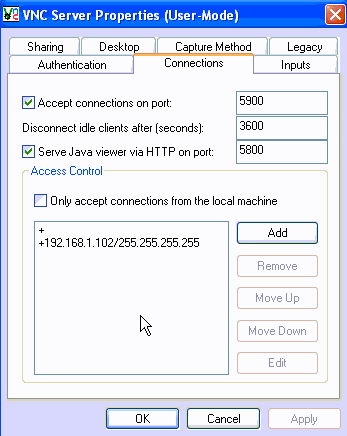

Select all cells that are directly or indirectly referred to by formulas in the selection Select only cells that are directly referred to by formulas in the selection In a selected column, or a selection within a column, select cells that don't match the value in the active cell. In a selected row, or a selection within a row, select cells that don't match the value in the active cell. Select the current array, which is the array that the active cell belongs to Select the current region around the active cell (the current region is an area enclosed by blank rows and blank columns) Selecting cells that have special characteristics Inserting, deleting, and copying a selection or P.M.Īpply the Number format with two decimal places, thousands separator, and minus sign (-) for negative values


Insert the argument names and parentheses for a function, after you type a valid function name in a formulaĬomplete a cell entry and move down in the selection, or move in the direction that is selected on the Edit tab (Edit menu, Preferences command)įill the selected cell range with the text that you type (works on nonadjacent selections)Ĭomplete a cell entry and move up in the selection, or move opposite to the direction that is selected on the Edit tab (Edit menu, Preferences command)Ĭomplete a cell entry and move to the right in the selection, or move in the direction that is selected on the Edit tab (Edit menu, Preferences command)Ĭomplete a cell entry and move to the left in the selection, or move opposite to the direction that is selected on the Edit tab (Edit menu, Preferences command)ĭelete the character to the left of the insertion point, or delete and edit the active cellĭelete the character to the right of the insertion point, or delete the selectionĭelete text from the insertion point to the end of the lineĪpply the Currency format with two decimal places (negative numbers appear in parentheses)Īpply the Percentage format with no decimal placesĪpply the Exponential number format with two decimal placesĪpply the Date format with the day, month, and the Time format with the hour and minute, and indicate A.M. When you are editing a cell, delete the character to the left of the insertion point.ĭisplay the Formula Palette after you type a valid function name in a formula The sort sub menu this is particularly useful for a quick keyboard based ascending or descending sort.Microsoft Excel 2001 (Mac) Keyboard ShortcutsĬancel an entry in the cell or formula barĬlear or edit the active cell.I created a separate new menu so that it didn’t distract in the GUI. I found it useful to add the following commands just for that purpose. You can customise Excel menus using View - Toolbars - Customize Toolbars and Menus.Īnything in the menu can efficiently be triggered using Cmd+ Shift+ / followed by a simple help search down and enter.

So it’s good to know that F14 also de-activates scroll-lock. The result is that the cursor keys annoyingly scroll the window rather than moving the focal cell. I occasionally accidentally press F14 when intending to press Home. F14 is equivalent to scroll lock on Windows.Paste Special: Ctrl+ Cmd+ V opens the paste special dialog box then: Cmd+ A is all, Cmd+ V is values, Cmd+ T is formats, Cmd+ E is transpose.Navigate to the Go dialog box and type the name of the sheet followed by !a1 Navigate to worksheet by name: In addition to Ctrl+Page Up/Page Down there is another option.
#Short cut command to find in excel for mac how to
How to remove all formatting from cells: (1) Select cells (2) Edit - Clear - Formats.
#Short cut command to find in excel for mac mac
However, some interface elements are not listed in menus.įor general lists of Mac Excel shortcuts, see shortcutworld, and Microsoft. Learning shortcut keys in OSX applications is straight forward when the relevant key is displayed in the menu. This post discusses learning and configuring shortcuts in Mac Excel.


 0 kommentar(er)
0 kommentar(er)
